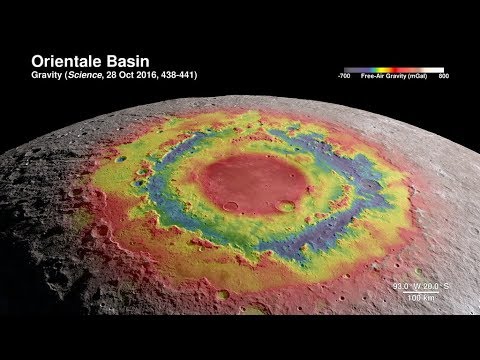Set foot on an epic adventure with NASA’s Lunar Reconnaissance Orbiter (LRO). Launched in 2009, the LRO’s mission is to collect pivotal data that will shape future manned and robotic missions to the Moon. In this article, we’ll explore a captivating 4K video tour of the Moon, courtesy of this technological marvel.
The Lunar Virtual Tour
Embark on a mesmerizing virtual journey to the Moon, synthesized from the voluminous data that the LRO has accumulated since its launch. This video tour showcases the Moon in unprecedented 4K resolution, transporting you to the enigmatic lunar landscape.
“Take a virtual tour of the Moon in all-new 4K resolution, thanks to data provided by NASA’s Lunar Reconnaissance Orbiter spacecraft. As the visualization moves around the near side, far side, north and south poles, we highlight interesting features, sites, and information gathered on the lunar terrain.”
The Video
Video source: NASA’s Goddard Space Flight Center (GSFC) YouTube channel
The Lunar Reconnaissance Orbiter: An Overview
The Spacecraft
Orbiting 50 km (31 miles) above the lunar surface at a speed of 1.6 km per second (1 mile/s), the Lunar Reconnaissance Orbiter takes about 2 hours to complete a full orbit. Weighing nearly 2 metric tons (1,916 kg / 4,224 lb), this spacecraft provides crucial insights into our celestial neighbor.
Moon: A Brief Overview
The Moon
The Moon is located at an average distance of 384,400 km (238,855 miles) from Earth, a gap that widens by about 4 cm annually. Due to its significantly lower gravity, movement on the Moon feels akin to flying—you could propel yourself several meters forward with a simple jump (sans a weighty spacesuit)!
Extreme Temperatures
The Moon’s temperature fluctuations are extreme: during daylight, surface temperatures can soar to 127 °C (260 °F), while in the absence of sunlight, they can plummet to a chilling -173 °C (-280 °F). In essence, a human body would boil during the lunar day and freeze during its night.
Exploring the Moon from Your Home
Lunar Exploration Links:
- For an extremely detailed view (up to 50 meters over the surface or 0.5 meters per pixel), visit Quickmap.
- For a less detailed but user-friendly experience, try Google Moon.

